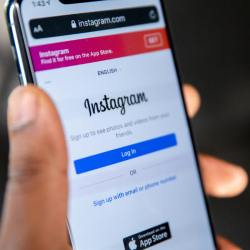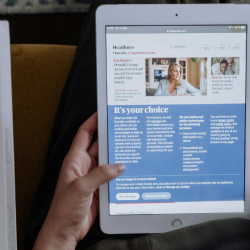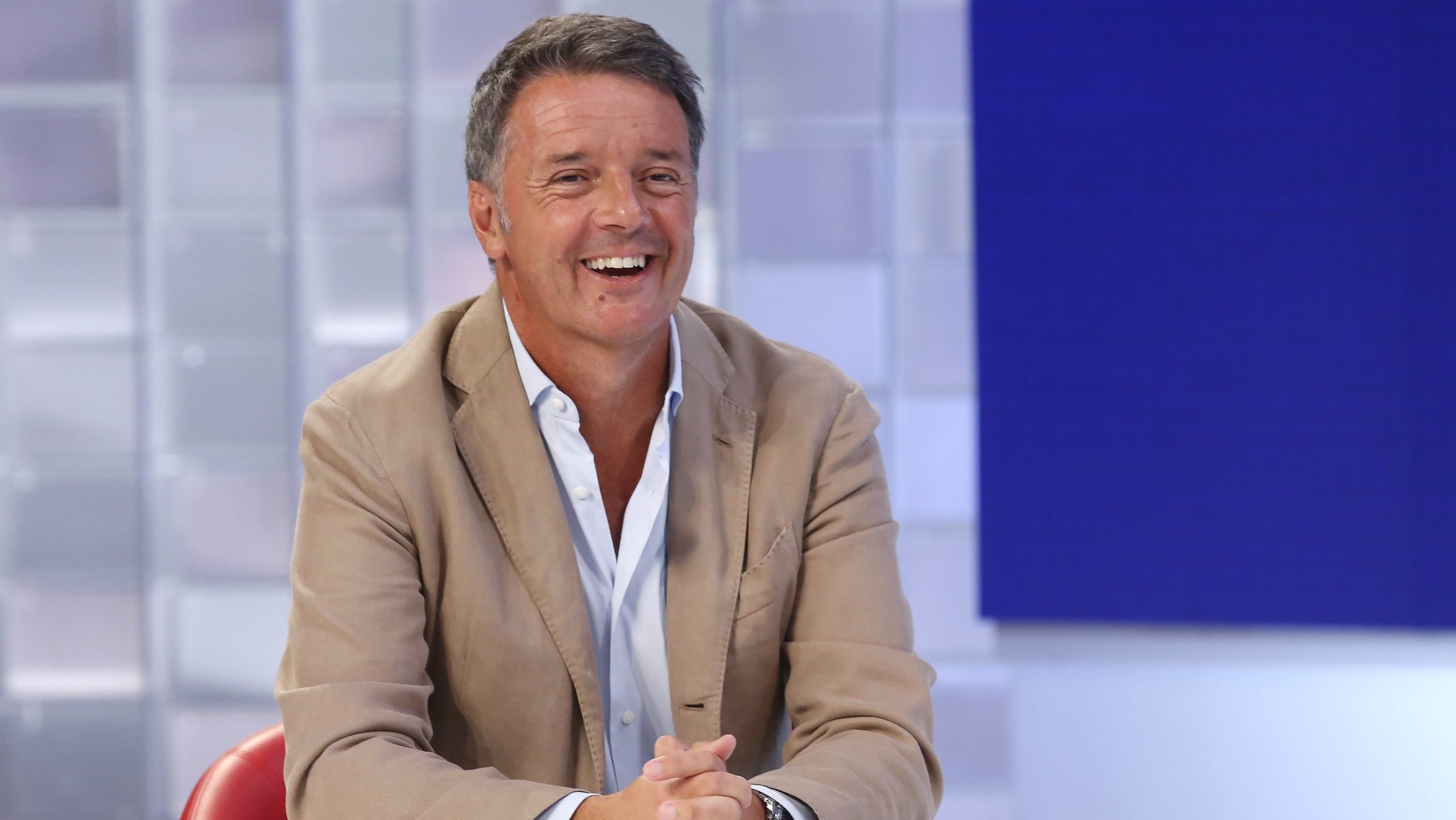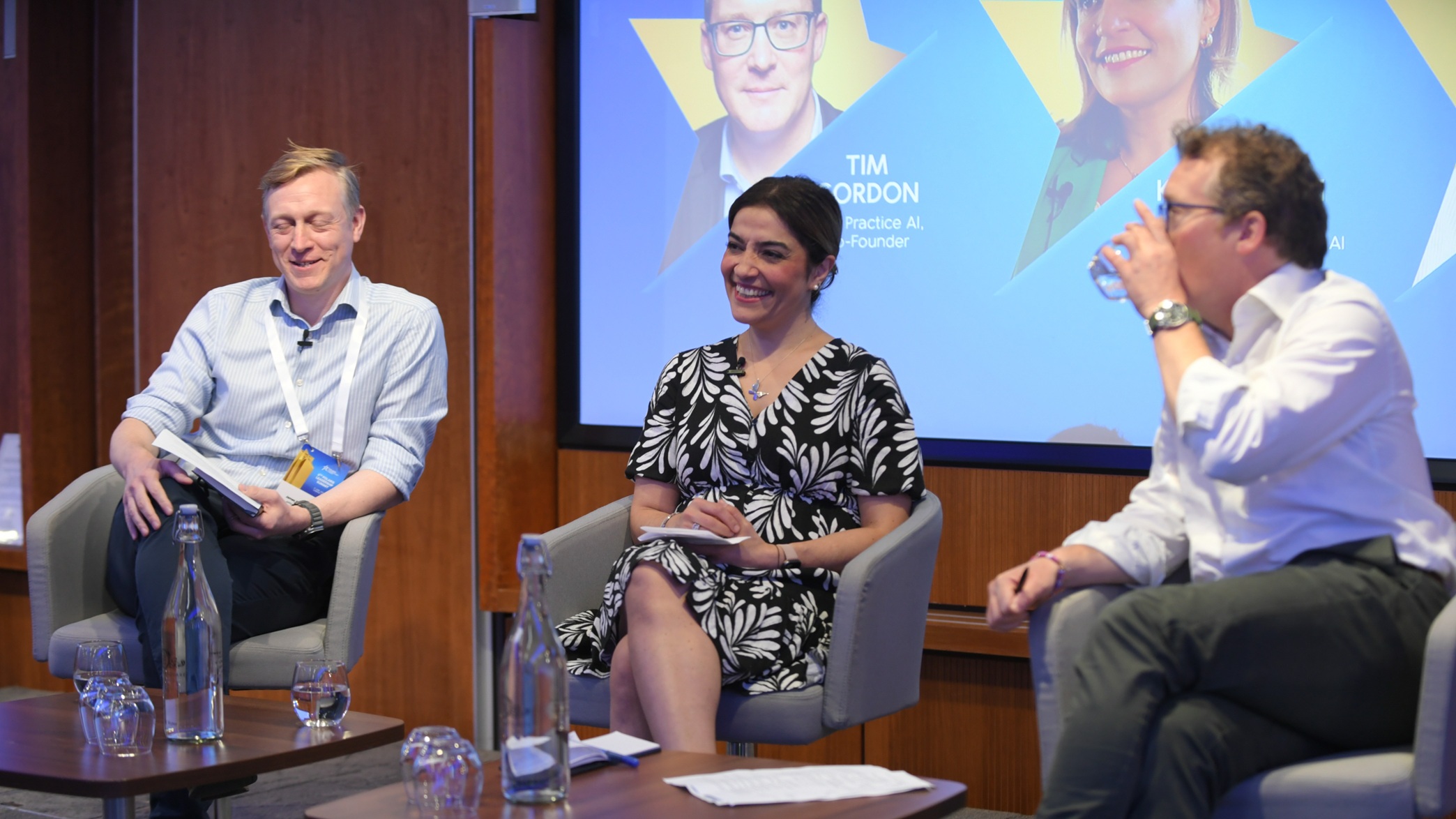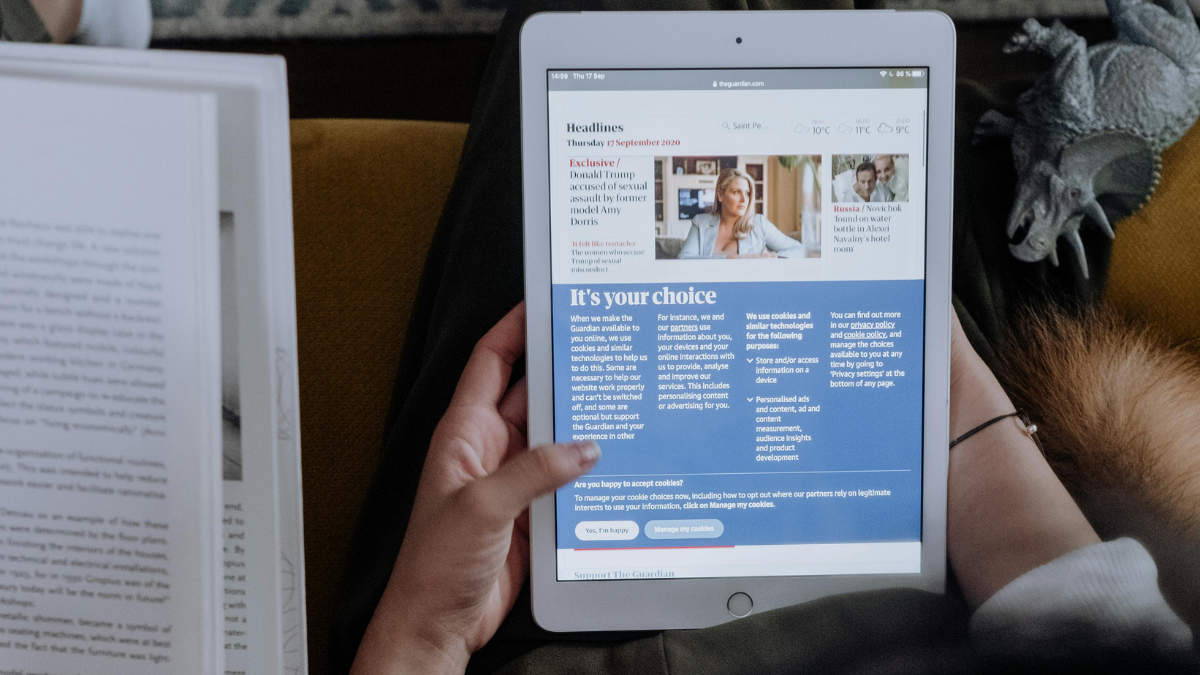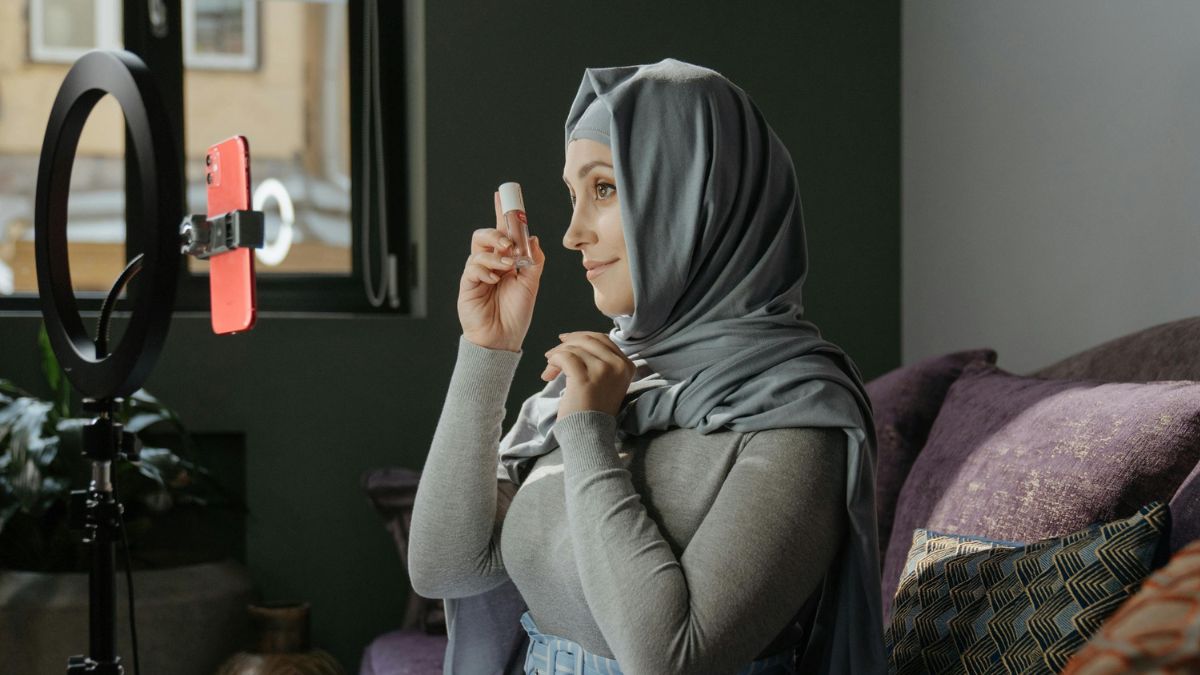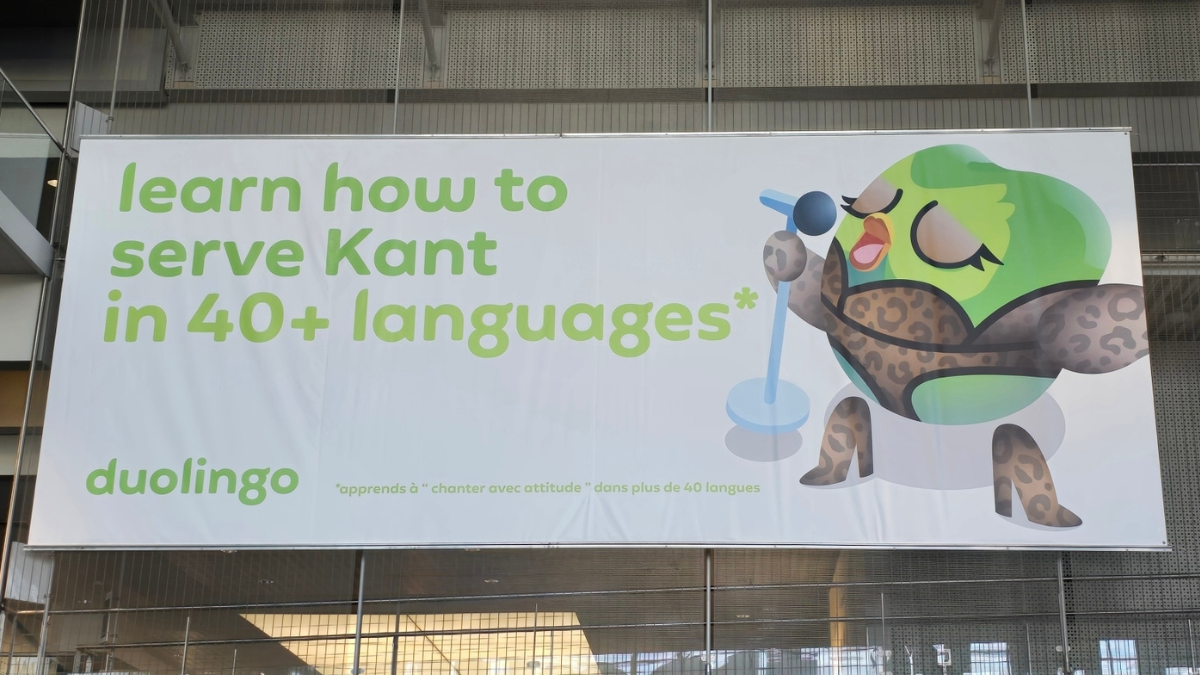The Melanoma Fund used geographic, audience and contextual targeting, and a mixture of paid and non-paid media, to get golfers to commit to taking care of their skin.
The cancer charity targeted golfers and greenkeepers because studies indicate that they are over three times more likely to develop melanoma than the general public, making early detection crucial.
Programmatic agency SBS was tasked with planning a campaign to drive online awareness among the target audience, and get them to register for the charity’s Pledge2Check scheme.
The goal was to obtain more than 500 registrations with a strong call-to-action that would ensure those who pledged followed through with the checks — all with minimal funding.
‘Traditional paid media strategies, such as social media ads, were not viable at scale,’ said Jason Warner, managing director at SBS. So the campaign relied heavily upon organic reach and strategic partnerships to boost the effect of the paid media.
SBS targeted UK golfers and outdoor sports enthusiasts through a combination of geographic, audience, and contextual elements. The agency looked at key personas, including senior and young golfers, outdoor sports parents, greenkeepers, and golf club managers, tailoring messages about sun exposure risks and the importance of skin checks.
After identifying the most effective channels for driving awareness, based on reach, credibility, and audience alignment, the agency engaged with golf clubs to encourage players and staff to pledge, while partnering with golf organisations and governing bodies to enhance credibility and expand reach.
‘We helped secure mentions across key media thanks to a combination of our existing industry connections and well-aligned ad placements,’ said Warner. The synergy between paid and non-paid exposure was ‘something we’re really proud of, especially for a charity of this size,’ he added. ‘We brought together a smart mix of ad tech to help make a real impact for this important cause.’
Target media included BBC Radio 4, trade magazines, industry newsletters, websites, and social media to maximise visibility. Collaborations with influencers strengthened the campaign’s impact, and in terms of social media, LinkedIn was key, selected for its professional network and ability to engage directly with golfers.
By leveraging these channels impact was maximised without relying on paid ads, ensuring the message reached those most at risk. What began as a targeted effort grew, with over 600 golfers and greenkeepers signing up. ‘For a charity of this scale [over 600 sign-ups] is considered a great success marker,’ said Warner.
Throughout the campaign, ‘ensuring the ad tech stack was fully optimised with a hyper-targeted approach was critical,’ said Warner. ‘The campaign needed to go beyond just reaching the right audience — it had to drive meaningful engagement that led to sign-ups and long-term participation.’
Through optimisation and a robust ROAS strategy SBS looked to overcome banner fatigue, and instead leveraged targeting and retargeting to reach interested audiences. This maximised clicks and sign-ups and maintained engagement levels.
The campaign was ultimately designed as a top-of-funnel brand awareness initiative, to educate and prompt action.
‘We ran display and video ads to engage audiences who were likely to care about sun safety but might not know the risks,’ said Warner. If they clicked on the ads ‘we followed up with a gentle retargeting push to encourage them to sign up.’
Golf club captains, general managers and club members were among those who got behind the initiative and encouraged pledges. As well as driving awareness in golf, this established a scalable model for future health initiatives. Almost 1.9m impressions were achieved across various segments, and paid advertising played ‘a healthy role’ in generating leads, Warner says.
‘Through precise targeting (reaching people we knew were likely golfing during peak seasons), we were able to drive awareness and results,’ he shares. Over 450 golf clubs interacted with the campaign in less than a month, and digital display ads hit 715k impressions.
Whilst this number of clubs may feel small to some, this was ‘genuinely significant for the client,’ said Warner.
Featured image: Markus Spiske / Pexels


